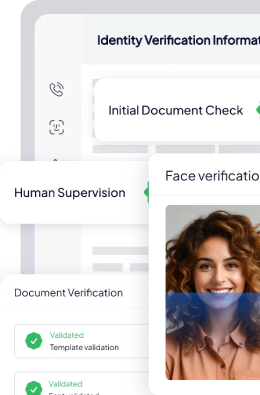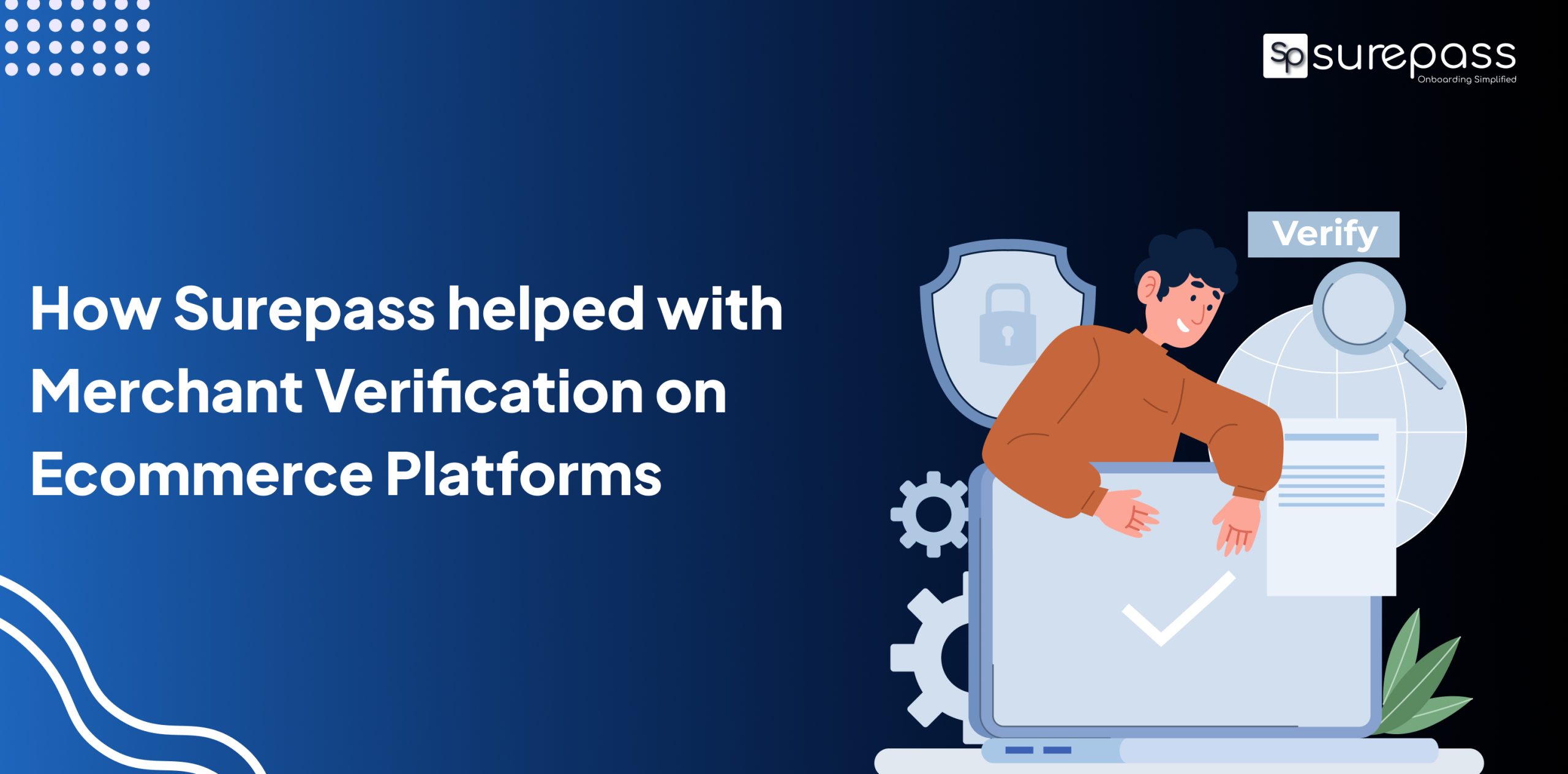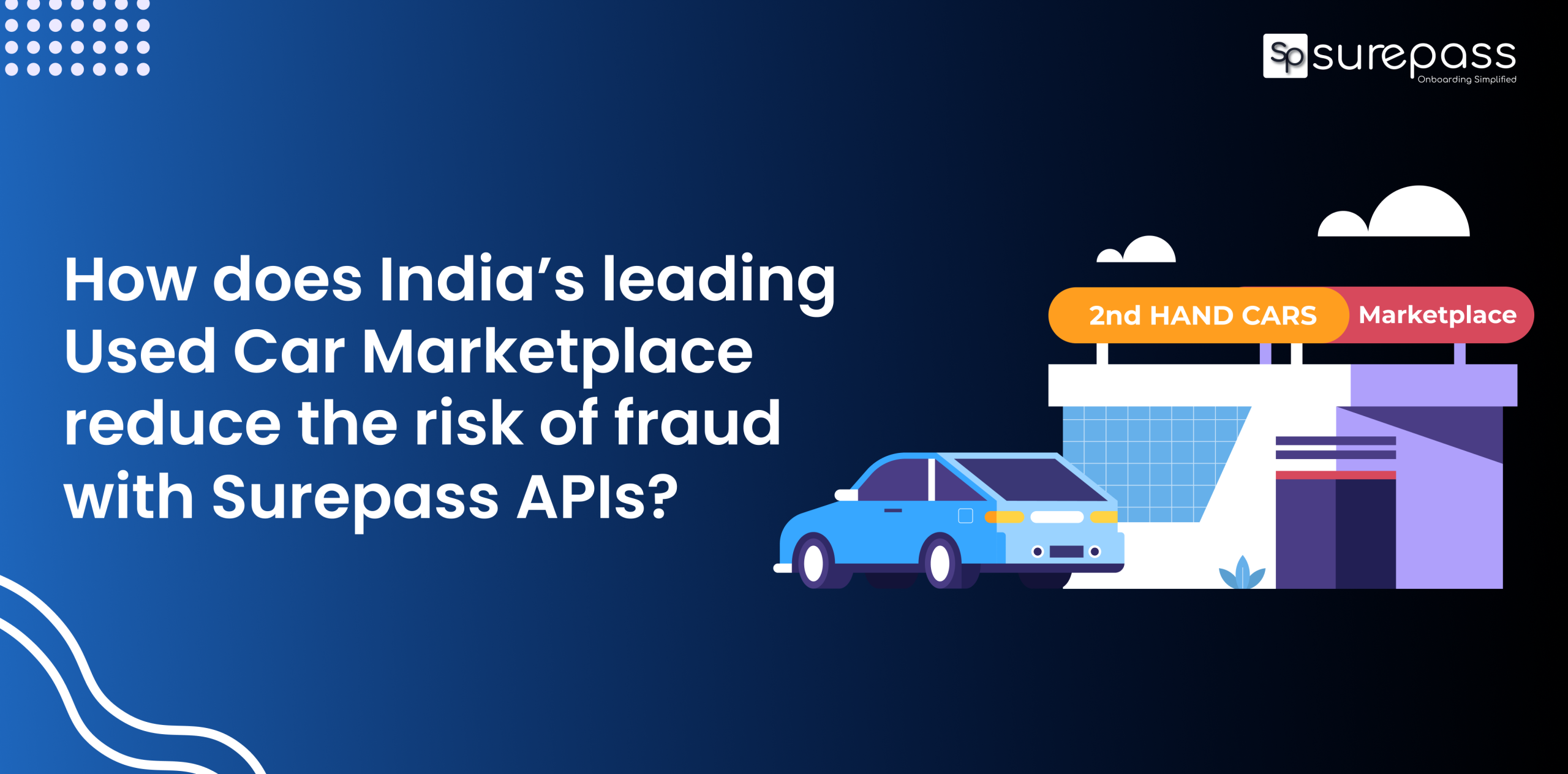Overview:
Over the last decade, the number of frauds related to Ecommerce has also increased with the same speed as the growth of the eCommerce industry. The penetration of the internet has made it a lot easier for people to buy any item from anywhere by sitting at home with the help of big giants like Flipkart, Amazon, etc.
The internet made it easier for people to buy items online, at the same time it also made it easier for fraudsters to target these people by registering as fake sellers and selling fake items on India’s most trusted eCommerce platforms.
So the ultimate responsibility fell on these eCommerce portals to verify the authenticity of the sellers before allowing them to list their items on their platform and sell.
The eCommerce platforms started following the traditional method of verification by asking the sellers to fill up long forms & submit proof of business which were then manually checked by the employees of the eCommerce platforms.
Challenges:
1. Merchant Drop-offs: Some of the Merchants dropped off while filling up the long forms as it is a very mundane & tiring task. It caused a huge loss to the E-commerce portals as they were losing out
2. High Cost: Since the Verification process is done manually by the Ecommerce Platforms so the cost of verification is generally very high due to the salary of the agents who verify the sellers.
3. Higher TAT: The form filling by the sellers and the verification process done by the Ecommerce Platform both are manual, so the overall TAT of the seller onboarding process increases by a lot.
4. Forged documents: Some of the documents shared by the fraudsters are forged so well that an agent isn’t able to identify it as a fake document and can pass it as a genuine Seller.
5. Human Error: Humans are made to make errors. Even the most skilled and trained people can make mistakes that can lead to an incorrect listing of sellers on the platform or the removal of legit Sellers from the platform.
Expected Outcome:
1. Fewer Merchant drop-offs
2. Decrease the Company Onboarding cost
3. Faster TAT
4. Smoother Merchant Onboarding Journey
Proposed Solution:
1. Company Verification APIs:
– Company Auto-fill
– CIN Verification
– DIN Verification
2. MSME Verification APIs:
– GSTIN Verification
– FSSAI Verification
– Udyam/Udyog Verification
– PAN Verification
– Shop & Establishment Verification
– Import Export Code Verification
3. Bank Verification APIs
Outcome:
1. Merchant drop-off was reduced by 80%
Reason:
-The Merchants don’t need to fill the forms manually.
-Auto-fill facilitates the data when the Merchant enters the Company Name, Company Registration Number or any other document number.
2. Merchant On-boarding & Verification costs decreased by 90%
Reason:
– The APIs are 90% cheaper when compared to the salary of a person who verifies the Merchants manually.
– There is no need to pay any other 3rd party vendors for different verifications as all the verifications can be done in real-time using Surepass’ APIs.
– There is no need to store any physical documents.
3. Decreased the TAT from 2-3 days to 2 mins
Reason:
– The APIs provided by Surepass are Real-time so the recruiter gets verified automatically as soon as they enter the right information.
– Since the APIs verify the user automatically, there is no need for manual checking and approval. As soon as APIs verify the recruiter the Onboarding is completed.
Why use Surepass’ APIs?
– Plug & Play: Our APIs are straightforward and integration is effortless, We provide a simple and user-friendly interface.
– Accurate & Reliable: Our system checks the information from the Govt. departments. Therefore, the results are always correct and legit.
– Robust Infra: Our APIs are built on robust infrastructure with multiple fallbacks which keeps the APIs working even if one of the servers goes down.





